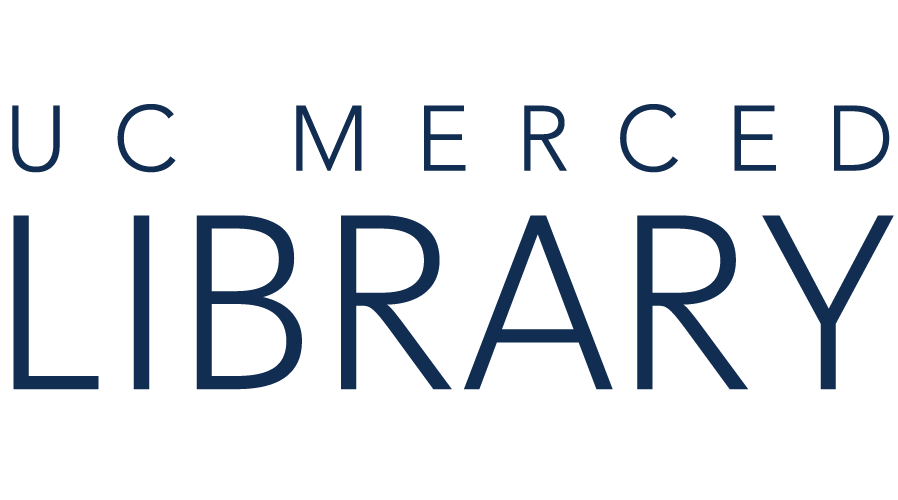There are many different ways to identify the current issues and trends within a field, such as taking a course, talking to professors and other researchers, and keeping up with scholarly literature. Below are a few suggested pathways for identifying current issues and trends by using library resources:
JCR can show you the:
Search by Category

Browse Table of Contents & Issues

The Impact Factor is a measure of the frequency in which the "average article" from a particular journal has been cited in a given period of time. It is one way scholars measure the relative importance of a journal within its field.
Use InCites Journal Citation Reports (JCR) to locate Journal Impact Factors and JIF quartile rankings.
Journal Quartile Rankings
Journal quartile rankings are calculated by the JIF of the journal and dividing it by the number journals in that category to find x. They are then distributed among as follows:
Q1: 0.0 < x ≤ 0.25
Q2: 0.25 < x ≤ 0.5
Q3: 0.5 < x ≤ 0.75
Q4: 0.75 <x
When searching in Web of Science, hover over the journal title in the results list or item record to view the journal's quartile ranking
Image from University of Denver Libraries
NewsBank's Special focus on topics of current interest. They include content from sources throughout the world to provide a global perspective, current and background information, statistics, maps, images, websites, and suggested search terms.
Web of Science provides the total number of times a published work was cited by other works. The Times Cited view sorts results so that items with the highest numbers of citations are at the top of the results list.

In addition, Web of Science provides filters to limit results to Highly Cited and Hot Papers.
Highly Cited Papers are papers that perform in the top 1% based on the number of citations received when compared to other papers published in the same field in the same year.
Hot Papers are papers published in the last two years that are receiving citations quickly after publication. These papers have been cited enough times in the most recent bimonthly period to place them in the top 0.1% when compared to papers in the same field.


Copyright @ The Regents of the University of California. All rights reserved.
